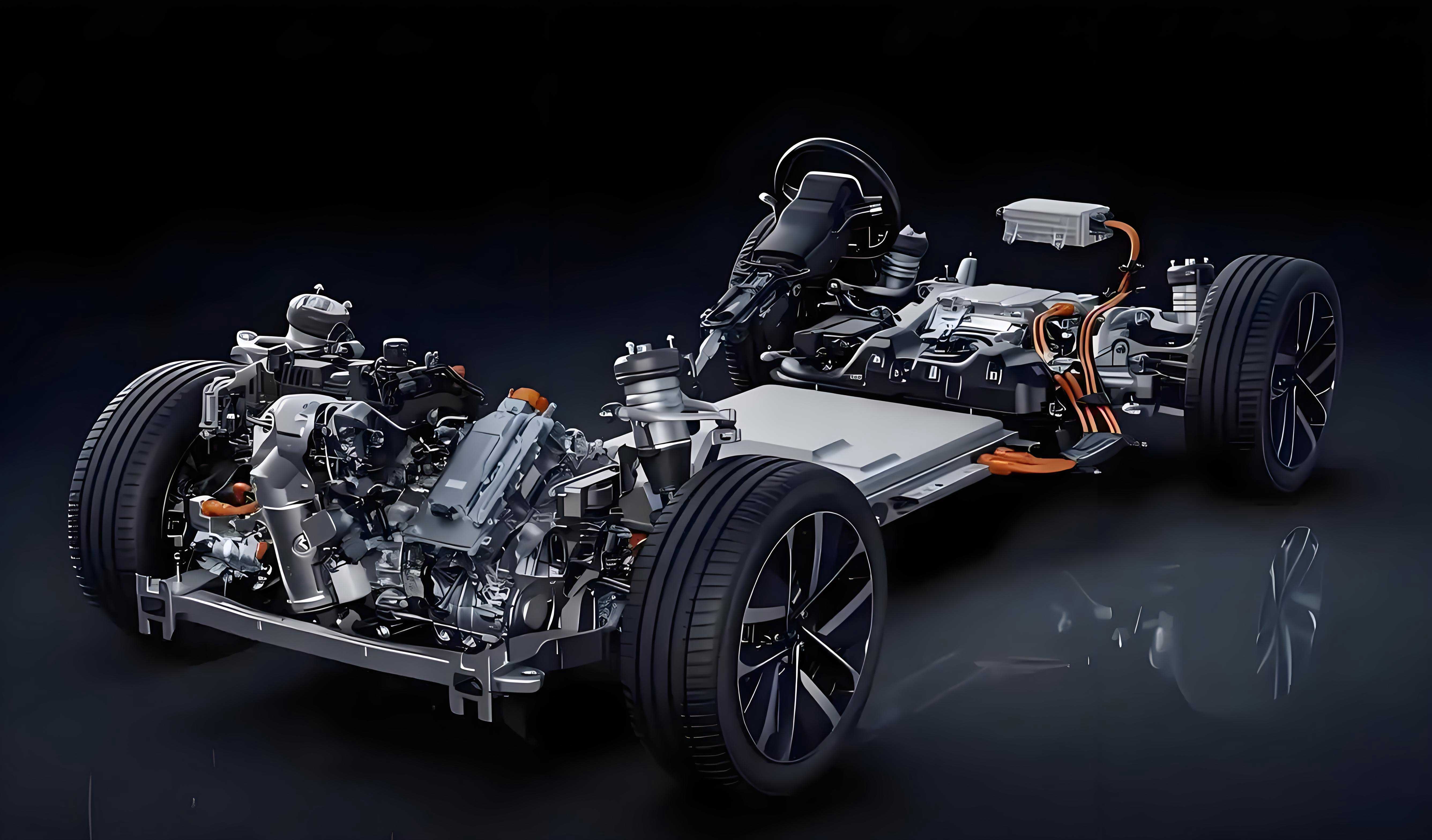Southeast Asia’s electric vehicle market is experiencing unprecedented acceleration, with sales volumes doubling year-over-year during the critical January-February period, according to industry data analysis. This explosive growth, exceeding 100% in key markets, signals a decisive shift in the ASEAN region’s automotive landscape, positioning it as a major new frontier for global electric vehicle manufacturers.

Preliminary figures for the first two months of 2025 reveal a remarkable surge, with overall electric vehicle sales volumes reaching significant milestones. One major market indicator surged to 8642.8 units, reflecting a steady 1.7% increase. More strikingly, another core metric within the electric vehicle segment skyrocketed by 116.5%, highlighting the sheer velocity of consumer adoption. This is not an isolated spike; complementary data shows robust expansion elsewhere, with a substantial segment growing by 13.2% to reach 5672.6 units, while another critical volume figure increased by 4.8%. Supporting components of the electric vehicle ecosystem also saw impressive gains, including a notable 17.4% rise in associated infrastructure or manufacturing outputs reaching 1480.6 units.
The data underscores a broad-based transformation across the diverse ASEAN economies. Import figures for electric vehicles and related technologies into the region climbed by 9.2%, hitting 884.3 units, while domestic production or assembly within ASEAN itself showed even stronger momentum, jumping 19.4% to reach significant volumes. Export activity also demonstrated vigor, growing by 11.4% to 726.9 units, suggesting ASEAN is increasingly becoming both a consumer and a potential hub for electric vehicle manufacturing and distribution. Specific national markets are driving this regional boom. One nation reported electric vehicle sales exceeding 3940 units for the period, a robust 6% increase, while another saw a staggering 69.5% leap. Market penetration rates are climbing rapidly, with electric vehicle share in one large market reaching 47.9%, representing 4136.7 units and growing at 3.2%. Another key country witnessed electric vehicle sales hit 4108.8 units, a solid 6% growth, capturing 47.5% of its relevant automotive segment.
This dramatic upswing is attributed to a confluence of powerful factors. Aggressive government policies promoting electric vehicle adoption through tax breaks, purchase incentives, and ambitious phase-out targets for internal combustion engines are proving highly effective. Simultaneously, major global and regional automakers are flooding the market with new, more affordable electric vehicle models specifically tailored to ASEAN consumer preferences and driving conditions. Investments in essential charging infrastructure, though still needing expansion, are progressing rapidly, alleviating range anxiety – a critical barrier to electric vehicle ownership. Furthermore, growing environmental awareness and the long-term economic appeal of lower operating costs are increasingly swaying consumer decisions towards electric vehicles.
Manufacturers are responding with significant commitments. Production capacity dedicated to electric vehicles within ASEAN is scaling up, evidenced by a 2.6% increase to 2783.6 units in one sector and a 19.7% rise in another related manufacturing output. Investment in localized battery production and supply chain development is also intensifying, aiming to reduce costs and increase regional self-sufficiency in the electric vehicle value chain. The competitive landscape is fierce, with established players and ambitious new entrants vying for dominance in this high-growth electric vehicle market. Sales figures for specific manufacturer segments reflect this dynamism, with one reporting 1653.7 units (a 2% increase) and another achieving a significant 55.7% market share.
While the growth trajectory is steep, challenges persist. Affordability remains a hurdle for mass-market adoption across all income levels in the diverse ASEAN region. The pace of reliable, ubiquitous public charging network deployment must keep accelerating to match the surging number of electric vehicles on the road. Regulatory harmonization across ASEAN member states would further streamline market entry for manufacturers and enhance consumer confidence. Supply chain resilience for critical minerals and components is another area requiring continuous attention.
Nevertheless, the current data paints an unequivocally bullish picture. The doubling of electric vehicle sales in just two months is a powerful indicator of the region’s accelerating transition. With supportive policies maturing, consumer acceptance deepening, and manufacturer investment pouring in, ASEAN is poised to become one of the world’s most significant electric vehicle markets within this decade. The January-February surge is likely just the beginning of a sustained, high-growth phase for the electric vehicle sector across Southeast Asia. Stakeholders across the automotive, energy, and investment sectors are recalibrating their strategies to capitalize on this transformative shift, recognizing that the ASEAN electric vehicle revolution is now demonstrably underway. The region’s commitment to embracing electric vehicles as the future of transportation is translating into tangible, record-breaking sales figures month after month, solidifying its position on the global electric vehicle map. The pace of change is relentless, driven by a potent mix of policy, innovation, and evolving consumer demand, all converging to make the electric vehicle the dominant force in ASEAN’s automotive future far sooner than many industry observers had previously anticipated.